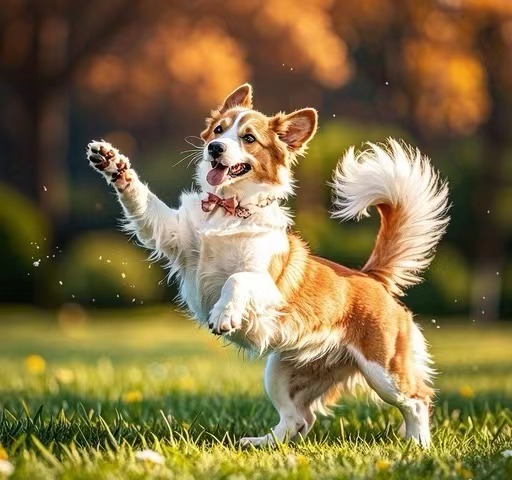It’s a familiar scenario for many dog owners: you’re relaxing with your furry friend and suddenly, you feel a lump. Your mind races with worry, wondering if it could be a sign of cancer. However, it’s essential to remember that not all lumps and bumps are malignant.
Types of Lumps and Bumps in Dogs
- Fatty Tumors (Lipomas):
- Mostly seen in middle-aged or older dogs.
- Commonly found around the ribs but can appear anywhere.
- Lipomas are benign and often a part of the aging process.
- More frequent in larger breeds and overweight dogs.
- Sebaceous Cysts:
- These are blocked oil glands, resembling pimples.
- They can burst, releasing a white, pasty substance.
- Warts (Viral Papillomas):
- Caused by a virus and typically found around the mouths of young dogs.
- Warts usually resolve on their own; older dogs might require surgical removal.
- Abscesses:
- Buildups of pus under the skin, often due to infections or bites.
- Mast Cell Tumors:
- The most common skin cancer in dogs.
- Frequently seen in Boxers, Boston Terriers, Labradors, Beagles, and Schnauzers.
When to See a Veterinarian
- If the lump changes in shape, color, or size.
- If your dog shows changes in behavior, appetite, or energy levels.
- Presence of redness, swelling, pus, or pain around the lump.
- Lumps in complicated areas like the face or paws.
Veterinary Examination and Diagnosis
The vet will likely use fine needle aspiration to remove cells from the lump for microscopic examination. This can often determine whether the lump is a fatty tumor or something else. If uncertain, a biopsy may be performed for a more definitive diagnosis.
Treatment Options
- Benign lumps might not need treatment but should be monitored for changes.
- Cancerous lumps usually require surgical removal.
- In cases where cancer has spread, radiation or chemotherapy might be necessary.
Keeping Track of Your Dog’s Lumps and Bumps
If your dog has multiple lumps, your vet might chart their locations and sizes. This helps in monitoring any new growth or changes in existing ones. You can also do this at home, especially during grooming sessions. Familiarizing yourself with your dog’s body is key in early detection.
Conclusion: Prevention and Care
While finding a lump on your dog can be alarming, many lumps are harmless. However, vigilance is crucial. Regular check-ups and immediate veterinary consultation for any new or changing lumps are vital. Early detection and treatment can make a significant difference in your dog’s health and quality of life. Remember, more petting means more opportunities for health checks and, of course, more tender loving care for your furry companion.















